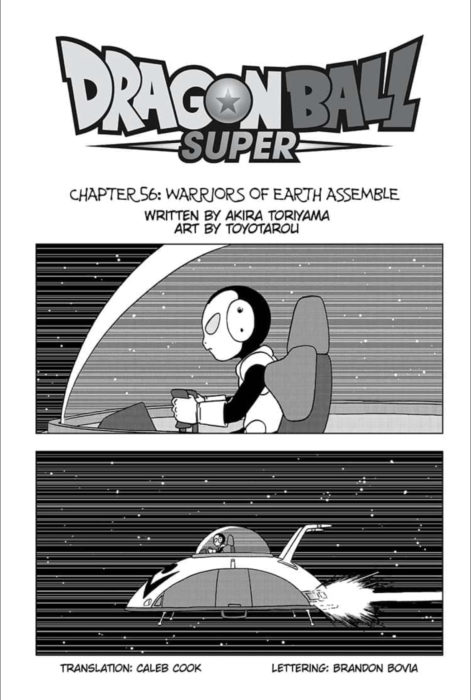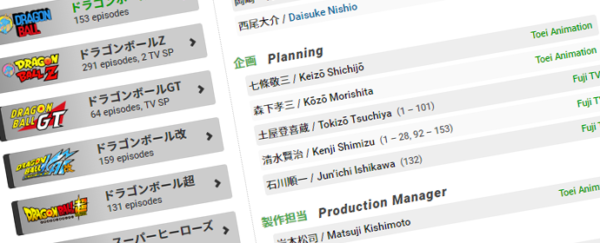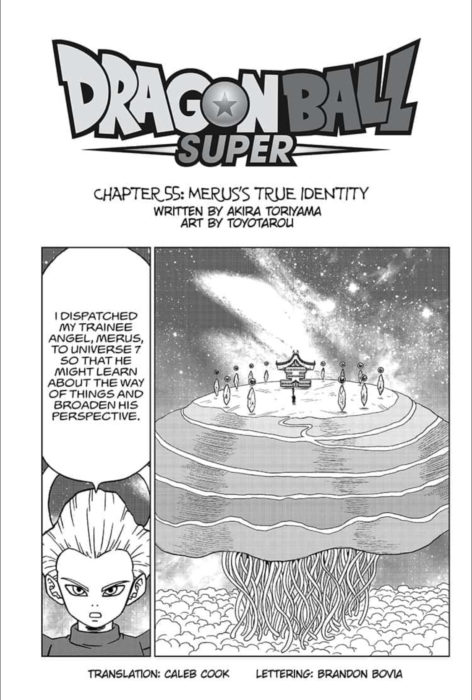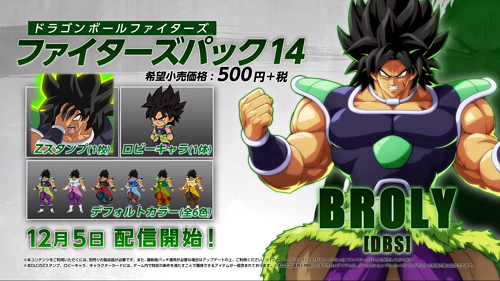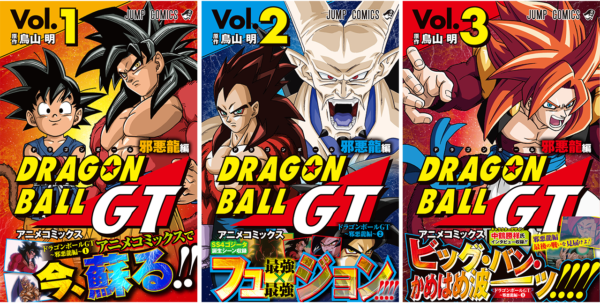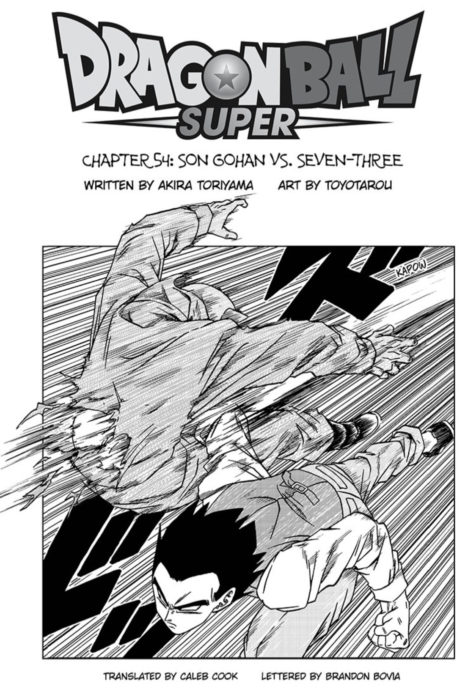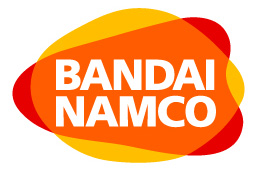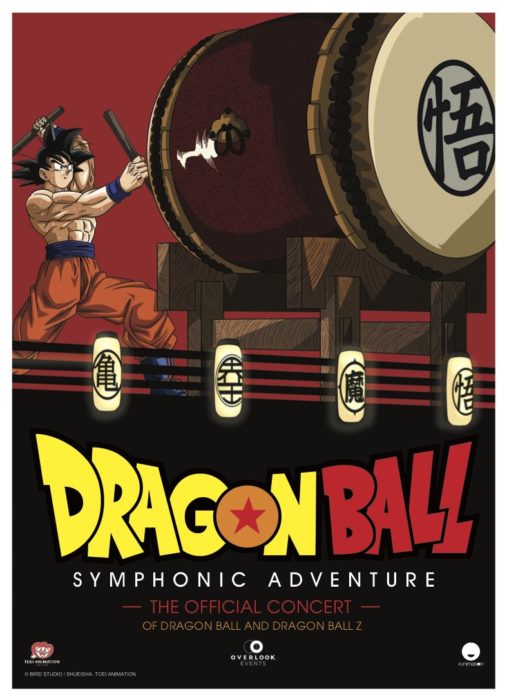Continuing onward from previous chapters, Shueisha and Viz have added the official English translation of the Dragon Ball Super manga’s fifty-sixth chapter to their respective Manga Plus and Shonen Jump services, moving further into the original “Galactic Patrol Prisoner arc”. Alongside other initiatives including free chapters and a larger archive for paid subscribers, this release continues the companies’ schedule of not simply simultaneously publishing the series’ chapter alongside its Japanese debut to the release date, but to its local time in Japan in today’s March 2020 issue of Shueisha’s V-Jump magazine in Japan.
The Dragon Ball Super “comicalization” began in June 2015, initially just ahead of the television series, and running both ahead and behind the series at various points. The manga runs monthly in Shueisha’s V-Jump magazine, with the series’ fifty-sixth chapter coming today in the magazine’s March 2020 issue. Illustrated by “Toyotarō” (in all likelihood, a second pen-name used by Dragon Ball AF fan manga author and illustrator “Toyble”), the Dragon Ball Super manga covered the Battle of Gods re-telling, skipped the Resurrection ‘F’ re-telling, and “charged ahead” to the Champa arc, “speeding up the excitement of the TV anime even more”. Though the television series has completed its run, the manga continues onward, entering its own original “Galactic Patrol Prisoner” arc. Viz is currently releasing free digital chapters of the series, and began their own collected print edition back in 2017. The eighth collected volume is due from Viz this March.
The Dragon Ball Super television series concluded in March 2018 with 131 total episodes. FUNimation owns the American distribution license for the series, with the English dub having wrapped its broadcast on Cartoon Network, and the home video release reaching its tenth and final box set this month.
